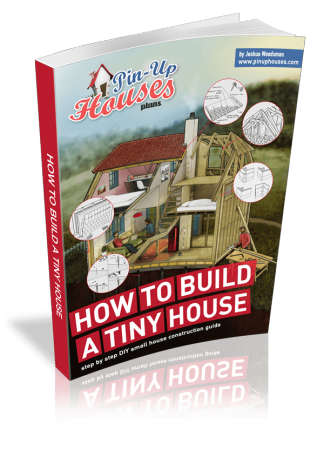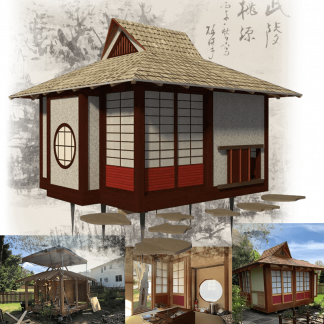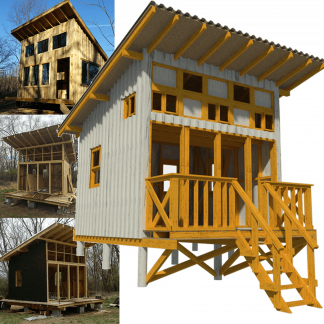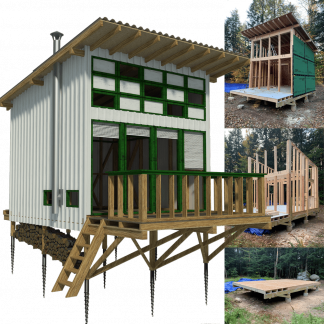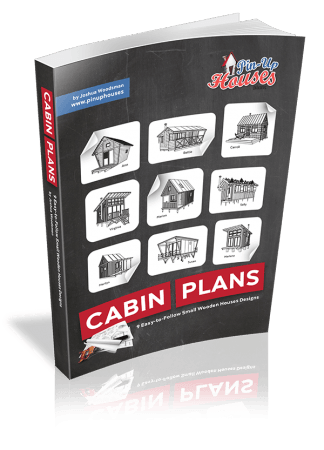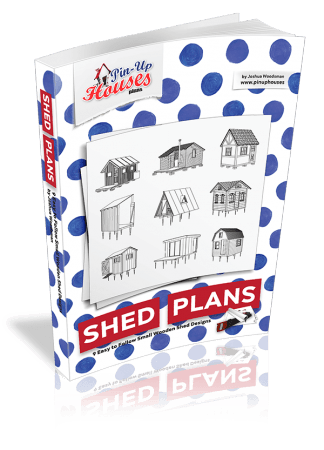Tiny home living is perfect for those who wish to live off the land and stay off the grid. Many tiny homeowners opt for a sustainable lifestyle by growing their own food, making their own compost, and raising livestock. Even if your land is as compact as your tiny home, you can create a miniature farm that lowers your grocery bills and helps you give back to the environment. Before deciding if a tiny home farm is right for you, learning some tips and strategies for a successful setup can work wonders.
Plan the Space
Before building a farm or choosing your crops, you need to know what exactly you’re working with. You’ll want to test the soil for viability, know how much level land you have for crops, and determine if you’re going to include livestock. You’ll need to take your location’s climate into account and ensure there is sufficient space for not only the farm but also for all the other activities you plan to undertake on the property. The best way to approach a farm on a tiny home space is to start small, just like the home itself. Work with some raised crop planters, a small chicken coop, or a miniature herb garden. You can slowly expand your farm once you make a solid plan for how the space will work with your goals and design ideas.
Build Multi-Purpose Structures
Whether your tiny home sits on extensive land or you’re working with limited area, multi-purpose farm structures can help you save space for more important things, such as livestock pastures or crop diversity. Chicken coop walls can also turn into an excellent greenhouse. Storage sheds can host farm equipment and livestock food. A pole barn can serve as a storage space, a shaded area for crops, and a grazing area for livestock. You can even use metal trusses for pole barns as a vertical hanging space for certain crops, particularly ones that are delicate or prefer shade. If you have limited land to work with, consider structures that satisfy multiple purposes.
Utilize Vertical Space
If you’re in a tiny home that has a smaller property to go with it, you’ll want to take advantage of as much vertical space as you can. Hanging plants won’t take up any square footage. Multi-tier plant stands that are taller than they are wide can allow you to include multiple container crops without taking up too much land space. Trellises can help you grow plenty of crops, such as tomatoes, without having to include row after row of the same vegetable. Crops with a small pallet-garden style allow you to stack crops without requiring a ton of land. Even if you have a larger piece of land to work with, these tricks can give you more room to include more livestock, a larger barn, and more.
Add More Land
If you have a mobile tiny home, consider opting for a larger piece of land if you’re not satisfied with the size of your property. Your home may be tiny, but your land doesn’t have to be. A sizeable piece of land can help you live off the grid better, and you can spend more time farming outside when you have more to work with. In rural areas, land can be incredibly affordable, with prices often less than $10,000 in some cases. While you can create a small farm in practically any size property, expanding can give you more room to work with—literally.
Consider High-Yield Crops
When your outdoor space is limited or you want to maximize productivity with fewer crops, you’ll want to choose plants that produce a higher yield. Salad greens produce a large number of leaves with minimal space required. Tomatoes, including smaller cherry tomatoes, also produce a significant amount of fruit in the right environment with minimal space. Other high-yield crops include peppers, herbs, carrots, and radishes. Microgreens and mushrooms are also excellent choices, especially if you don’t mind growing mushrooms indoors. Select high-yield crops that are well-suited to your climate to achieve optimal results without requiring a large amount of space.
Provide Dual-Purpose Livestock
A farm doesn’t require livestock, but they can provide enrichment and additional yield for your farm. You can also opt for smaller livestock, such as a donkey or miniature horse, instead of a full-size horse. There are also miniature goats that require less space to roam and rest. Other types of livestock can serve the purpose of multiple livestock. For example, chickens can provide both compost, meat, and eggs. Rabbits also make excellent compost fertilizer as well as a small meat source. Miniature goats can produce milk to help you make cheese and other dairy products without requiring the space of a larger cow. Be sure your zoning laws allow for all types of livestock that you’re considering. You’ll need space for exercise, shelter, and grazing.
Conclusion
Farmland on your tiny home lot can offer numerous benefits. You’ll save money on groceries, live further off the grid, and provide enrichment in your daily life. Farming is a lot of work, and even if you’re hosting a small herb garden with a chicken coop, you’ll need to ensure you have the right size, layout, and resources to care for animals or crops properly. Miniature or dual-purpose livestock can offer you the benefits of farm animals without the need for excess space. High-yield crops can enable you to grow more produce with a smaller footprint. Multifunctional structures can help you store equipment, host livestock, and shelter crops as well. You may need to get a little creative, but even the smallest spaces can make an excellent miniature farm.


